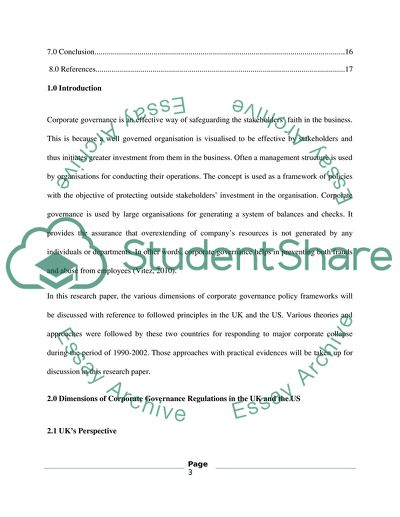Cite this document
(Dimensions of Corporate Governance Regulations in the UK and the US Research Paper - 1, n.d.)
Dimensions of Corporate Governance Regulations in the UK and the US Research Paper - 1. Retrieved from https://studentshare.org/politics/1750589-corporate-accountability
Dimensions of Corporate Governance Regulations in the UK and the US Research Paper - 1. Retrieved from https://studentshare.org/politics/1750589-corporate-accountability
(Dimensions of Corporate Governance Regulations in the UK and the US Research Paper - 1)
Dimensions of Corporate Governance Regulations in the UK and the US Research Paper - 1. https://studentshare.org/politics/1750589-corporate-accountability.
Dimensions of Corporate Governance Regulations in the UK and the US Research Paper - 1. https://studentshare.org/politics/1750589-corporate-accountability.
“Dimensions of Corporate Governance Regulations in the UK and the US Research Paper - 1”, n.d. https://studentshare.org/politics/1750589-corporate-accountability.


